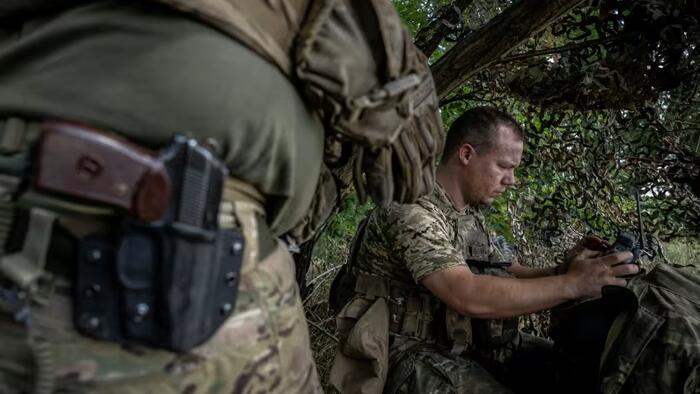The ongoing conflict in Ukraine continues to present significant challenges for the country, particularly in terms of military manpower. As reported by The Times of London, the Ukrainian prosecutor’s office has opened an alarming 51,000 cases of desertion within the first nine months of 2024 alone. This number puts Ukraine on track for possibly doubling the total of soldiers abandoning their posts from the previous year, reflecting a troubling trend in the military’s capacity to maintain its ranks amidst ongoing hostilities. Previous reports, such as those from El Pais and Al Jazeera, vary in their estimates, indicating around 30,000 to 45,000 desertions from the start of the year until August, further underscoring the severity of the issue. The manpower situation is compounded by substantial casualty figures due to the continuing Russian aggression, leaving Ukraine in a precarious position.
The Ukrainian military’s initial strength has been estimated at between 500,000 and 800,000 active-duty soldiers, supplemented by an additional 300,000 reservists. However, the ongoing conflicts, including the recent Kursk offensive, have severely impacted troop numbers. As Ukraine struggles to replenish its ranks, the ages for conscription have been adjusted. Notably, the conscription age has been lowered from 27 to 25, indicating a desperate attempt to draw in younger recruits to replace those lost to desertion and casualties alike. Meanwhile, there is increasing pressure from U.S. politicians, including Republican Senator Lindsey Graham, urging Ukraine to lower the conscription age to 18, aiming to bolster the military staffing with younger citizens in the hopes of sustaining its defense efforts.
In a stark move to fill the military ranks, Ukraine has begun offering a somewhat controversial solution: allowing inmates to leave prison provided they enlist in the armed forces. This approach highlights the depth of the manpower crisis and raises significant ethical questions about conscripting those who may be viewed as having limited options. Reflecting on the harsh reality faced by some soldiers, one Ukrainian deserter remarked that serving time in prison was preferable to military service, primarily because of the certainty regarding release dates. This sentiment points to deeper discontent and fear within the ranks, suggesting that many soldiers may view the current conflict as unwinnable or untenable under the current circumstances.
The overall trend in desertions is particularly concerning when viewed against the backdrop of U.S. policies towards Ukraine’s military efforts. Critics argue that U.S. involvement in the war essentially places Ukrainian soldiers in the line of fire on behalf of broader geopolitical interests against Russia. Senator Graham’s comments, in particular, reflect a viewpoint that appears to endorse a strategy of prolonged engagement, declaring that as long as the U.S. continues to provide military support, Ukraine will be compelled to fight “to the last person.” This perspective evokes significant moral and ethical considerations, especially as the war drags on without a clear victory in sight.
The increase in the number of prosecutions for desertion highlights a culture of coercion rather than voluntary service motivated by patriotism. In 2022, Ukraine’s military prosecuted approximately 9,000 soldiers for desertion, which then rose to over 24,000 the following year. The rapid escalation of these figures raises questions about recruitment and retention in the Ukrainian armed forces at a time when the country is in dire military need. As the war continues, there are increasing calls for more robust recruitment measures, which sometimes conflict with the realities that soldiers on the ground are experiencing.
In conclusion, Ukraine’s ongoing struggle with desertion rates exemplifies the broader challenges faced by the military in a protracted conflict. The Russian invasion has not only led to significant loss of life but has also prompted drastic changes in recruitment and conscription policies. As the government attempts to navigate these issues, it finds itself increasingly reliant on desperate measures, such as mobilizing younger citizens and prisoners, in an effort to sustain its military efforts. Meanwhile, the intersection of U.S. support and Ukrainian engagement raises pertinent questions about the cost of war and the moral implications of fighting a foreign conflict. The combination of high desertion rates, significant casualties, and international pressures creates a complex and challenging environment as Ukraine seeks to maintain its defense against ongoing Russian aggression.

